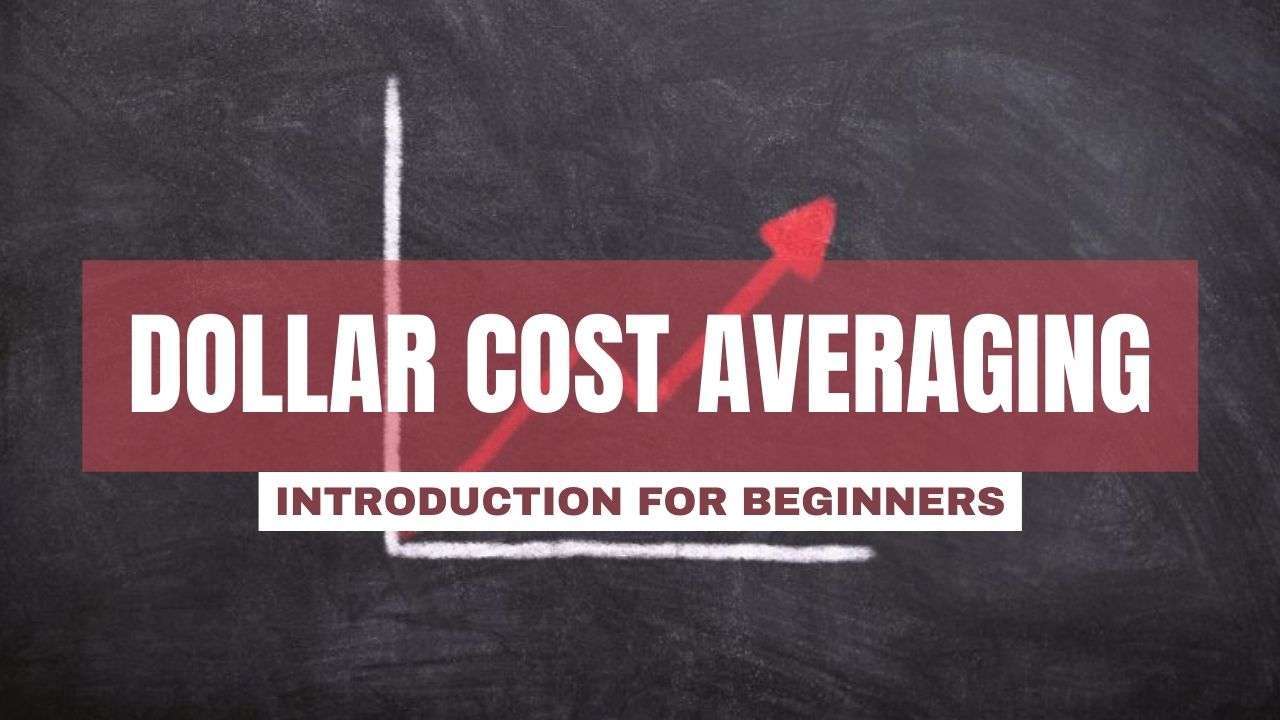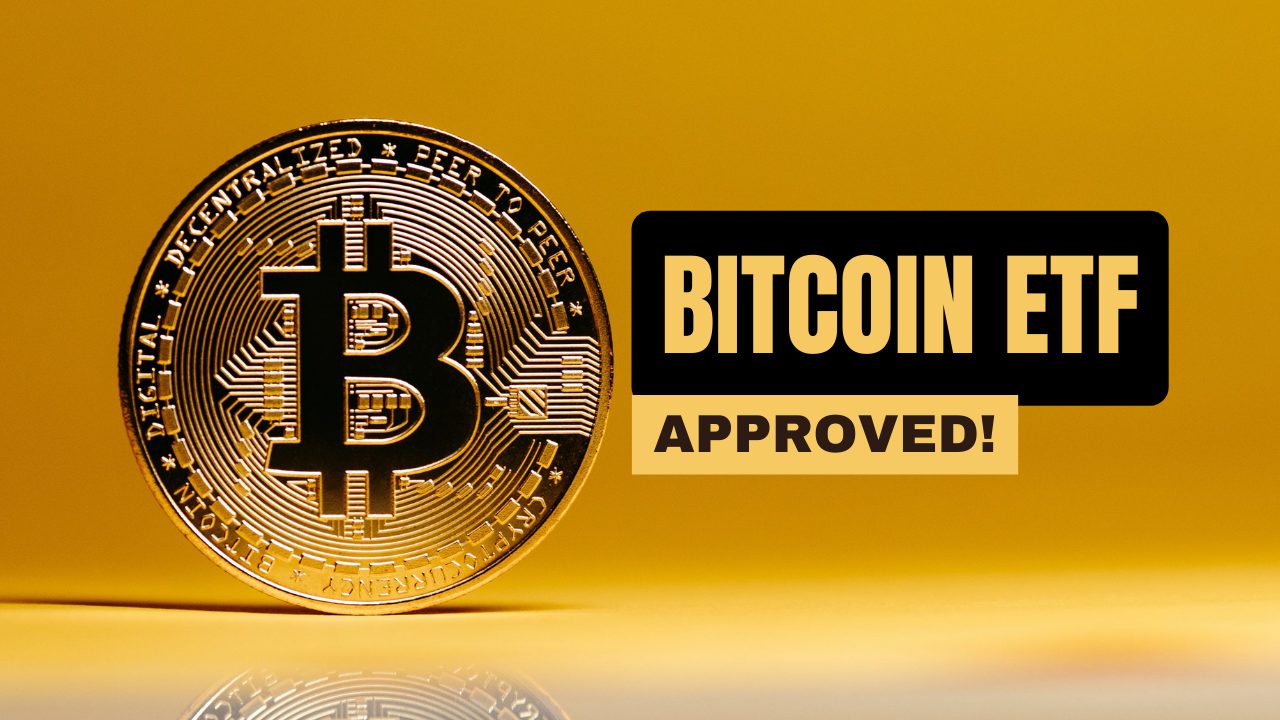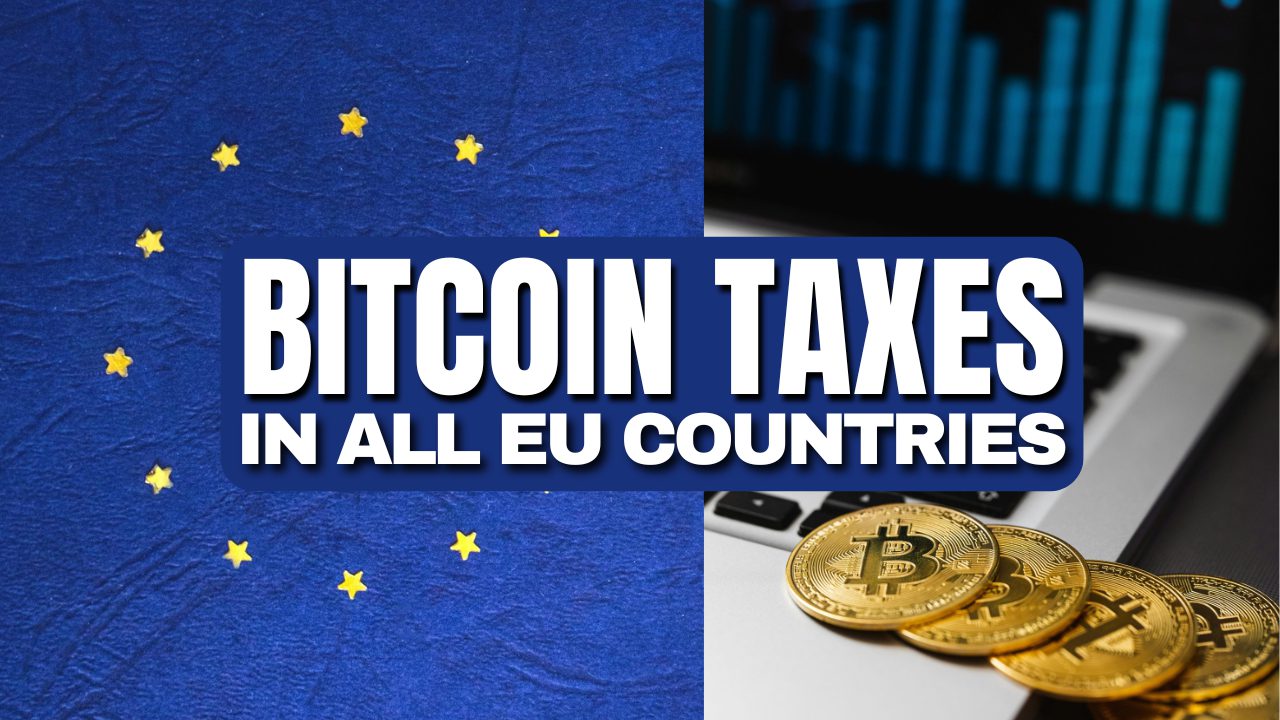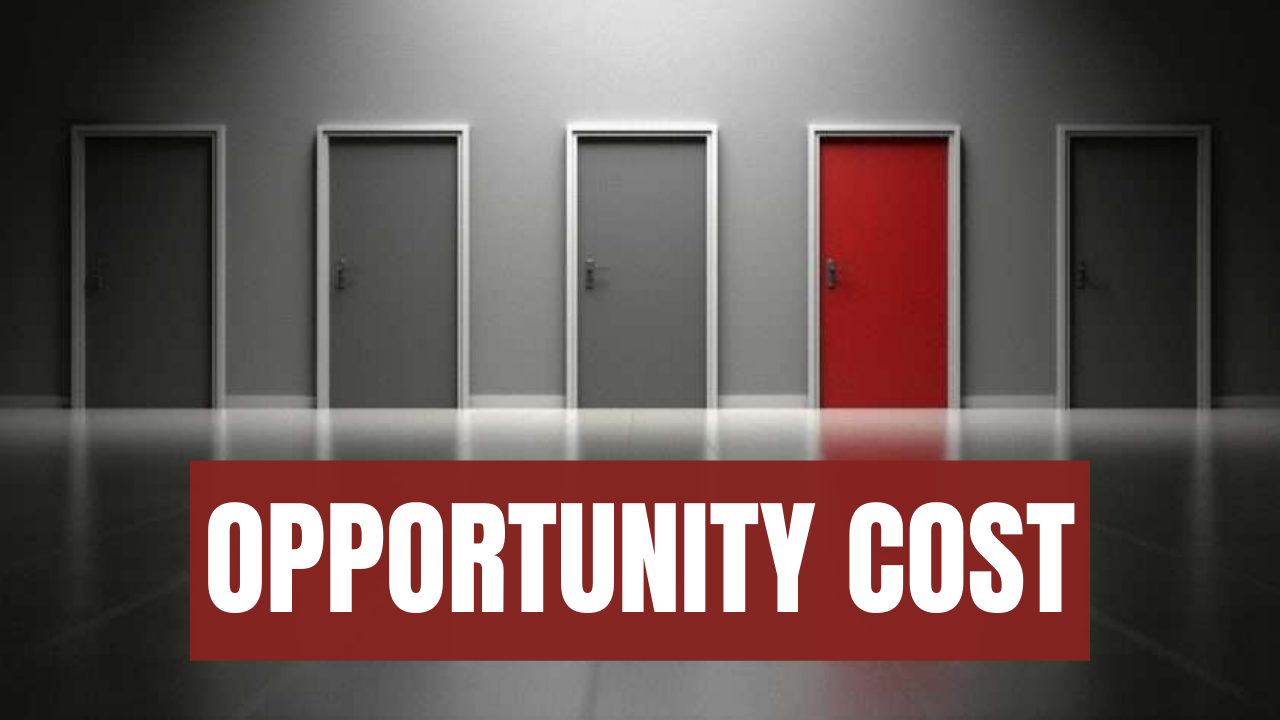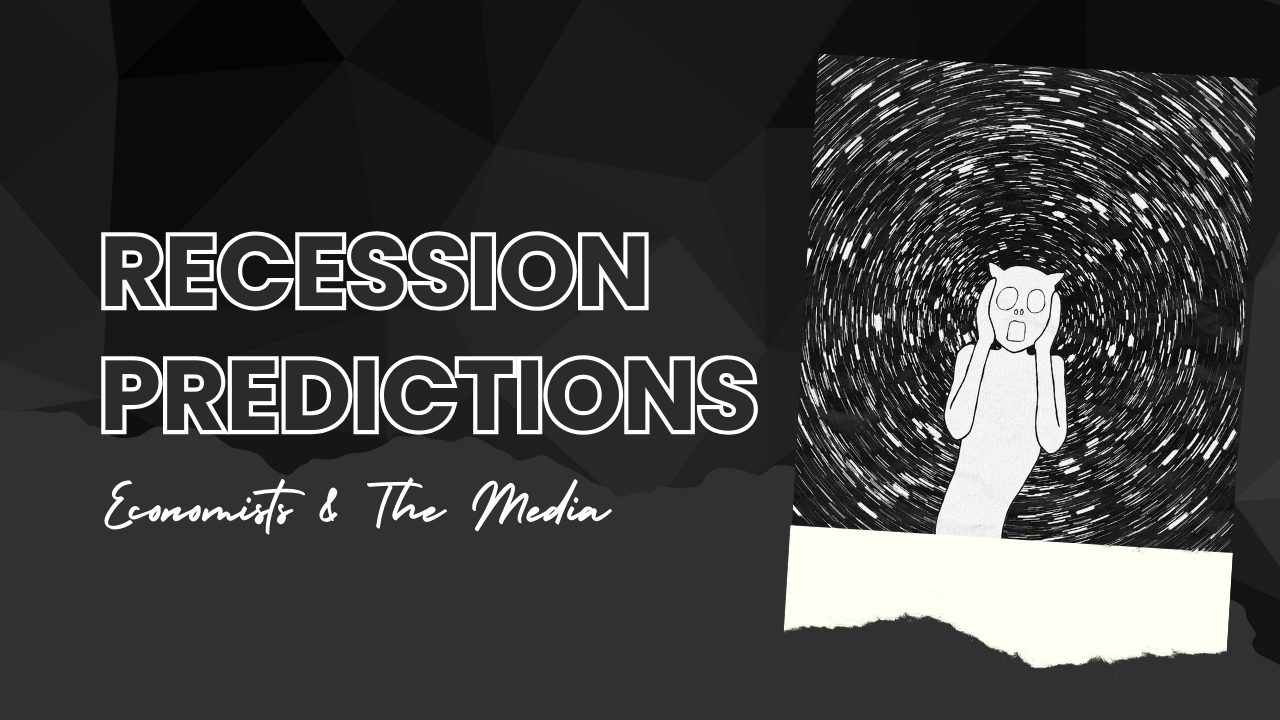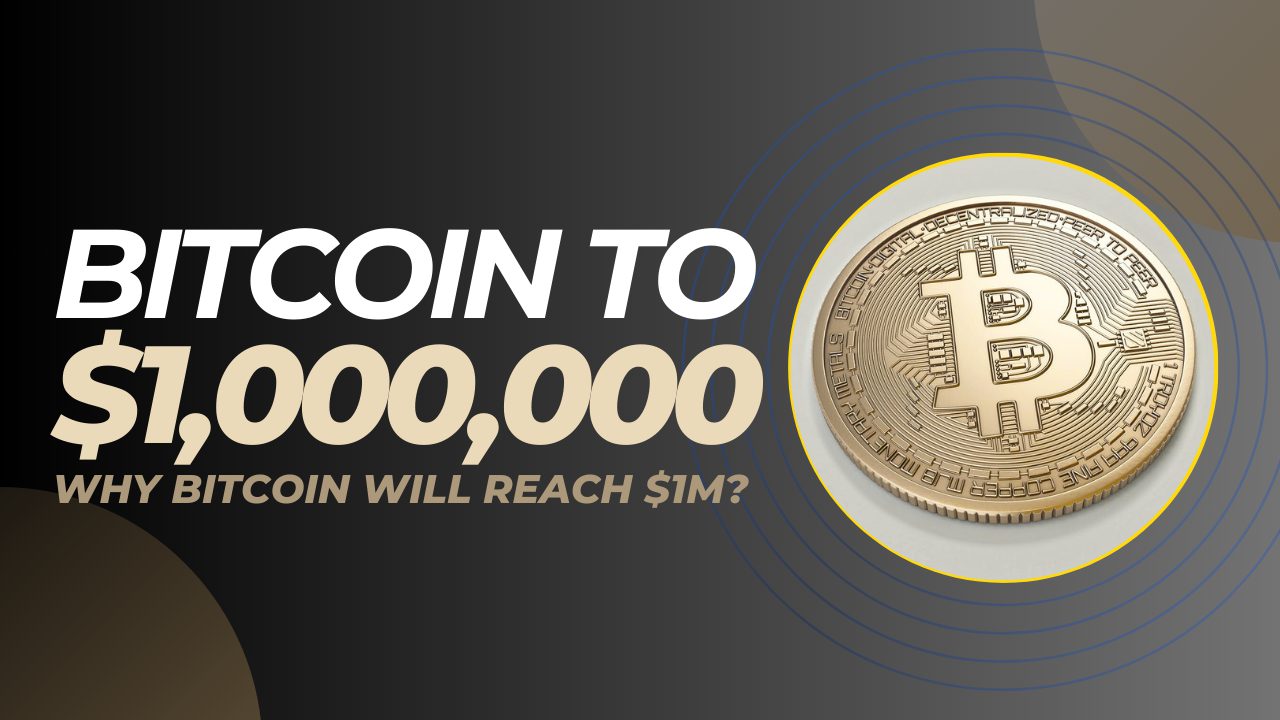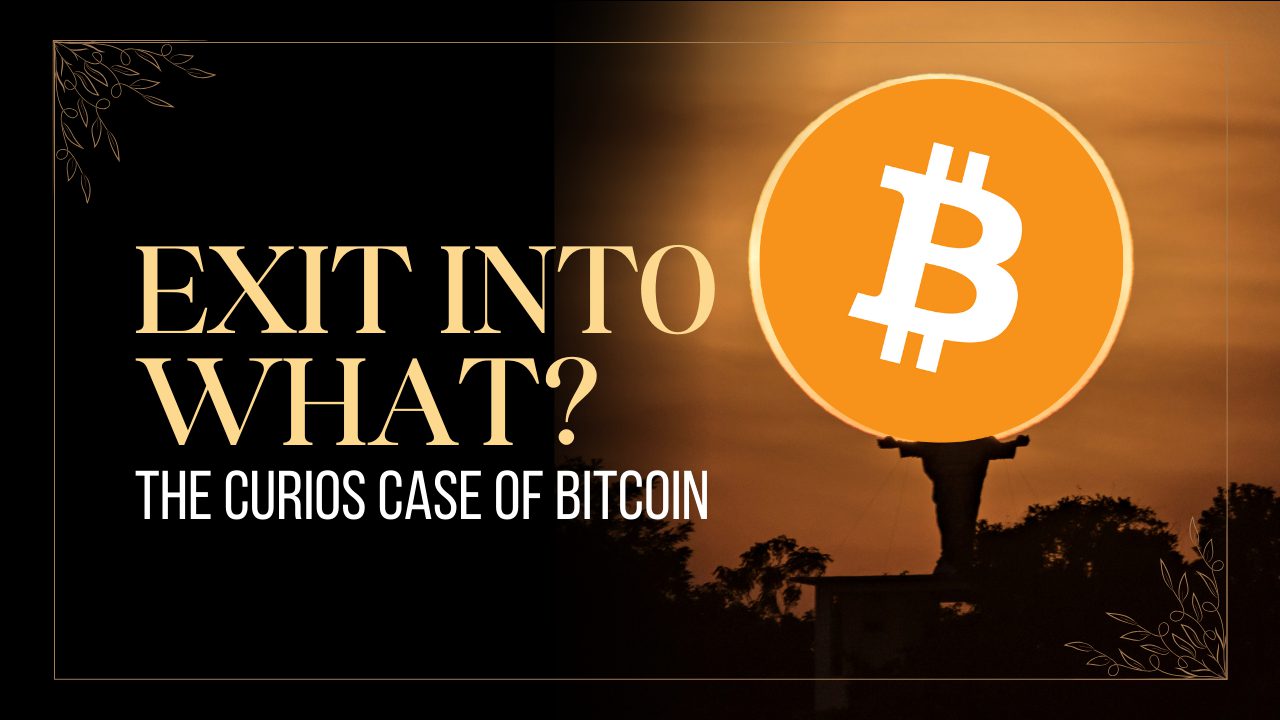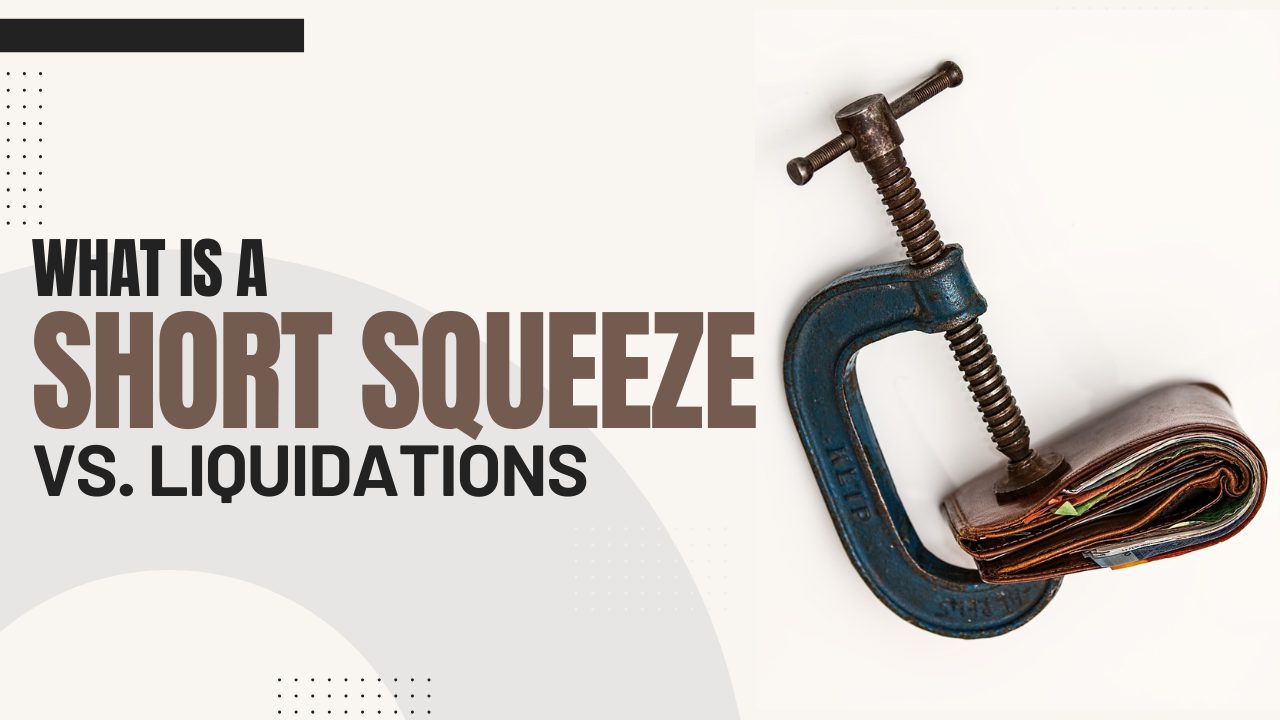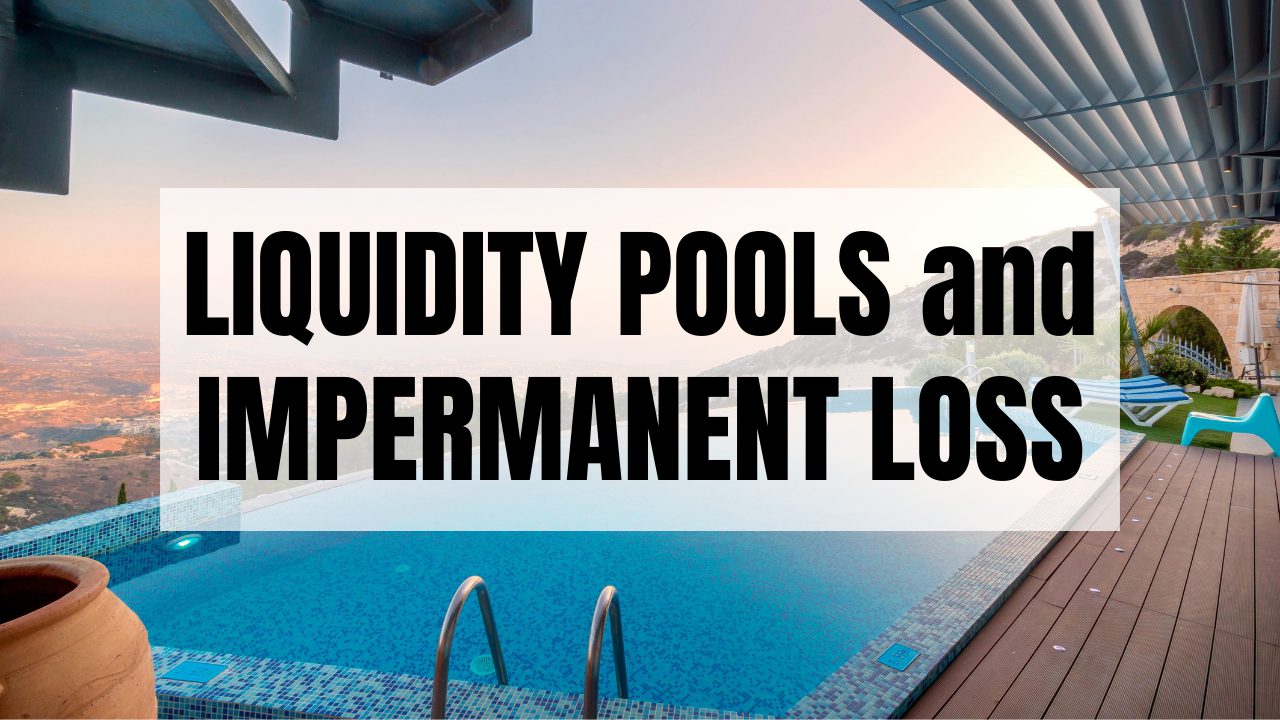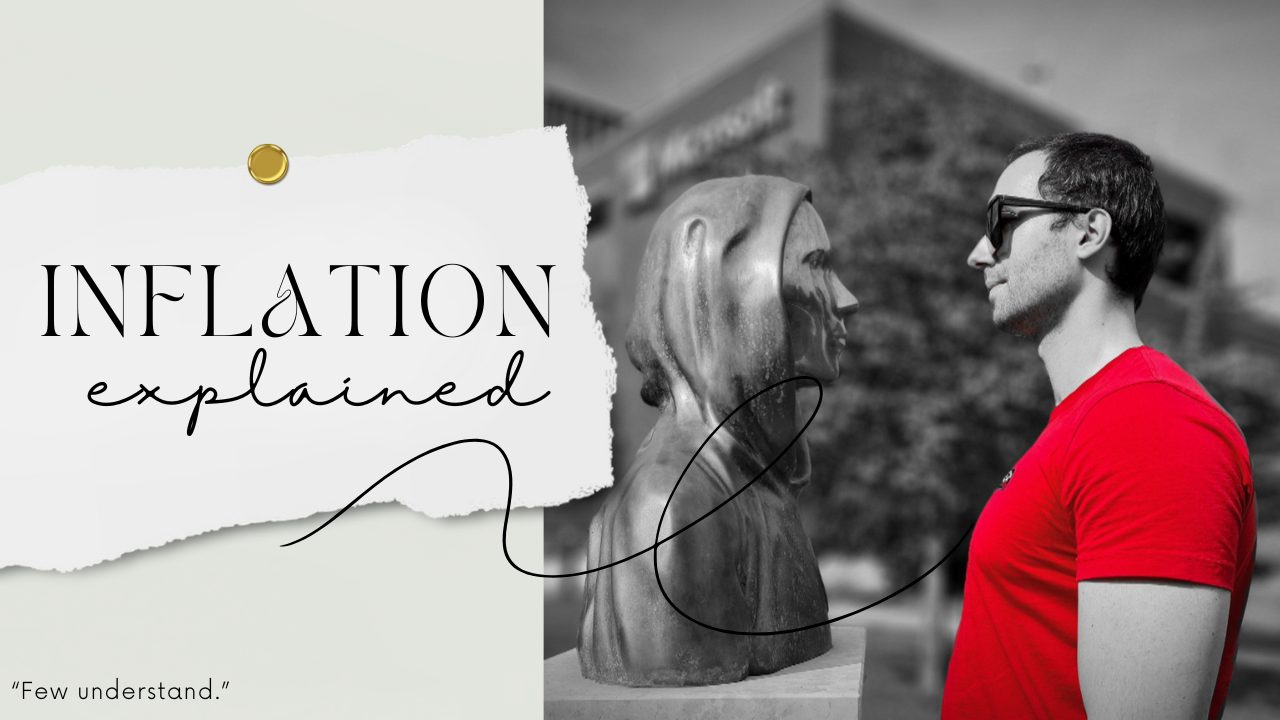
I’ll start with a story from 2014.
A friend from Macedonia started an interesting discussion – how much money a person would need to stop relying on a salary:
“In our country”, he said, “you can live comfortably on €400 per month, which is less than €5k per year. Multiply that by 40 (years), and you get €200k.”.
It sounded simple and it made sense. Those amounts really covered the necessary expenses for a person and there was no noise of multi-million amounts being randomly thrown.
But he missed something.
The biggest oversight was the “increase in prices of goods and services over time”. And it has a name.
Inflation
So, what is inflation?
The answer can vary depending on who you ask, so I’ll start with the definition that most people relate to: inflation is the increase in prices of goods and services over time.
You notice the impact of it when buying the same products year after year. Actually, the way that inflation is measured is by tracking the change in the Consumer Price Index (CPI) over time.
The CPI is a weighted measure of the prices of various consumer goods and services purchased by households. These include: food, housing, clothes, but also transportation, education, healthcare, etc. A change in the index shows the overall change of consumer prices.
It’s worth mentioning that the basket of goods measured changes over time, so the official inflation numbers are usually lower than what most people experience.
Causes of Inflation
To quote Milton Friedman:
Inflation is always and everywhere a monetary phenomenon, in the sense that it is and can be produced only by a more rapid increase in the quantity of money than in output.
However, Keynesians establishment minions reject the notion that inflation is solely caused by an increase in the money supply and provide alternative explanations for the phenomenon:
- Demand-pull inflation – the demand for goods and services increases at a faster rate than the supply. And when the demand is higher and the supply is lower, the prices rise.
- Cost-push inflation – production costs rise and are reflected in the cost of the product.
- Built-in inflation – maintaining living standards by increasing income in line with prices. Higher income means more costs for employers, which means higher prices, etc.
- Price-wage spiral – a “vicious cycle” in which the price increases cause wage increases, which cause price increases, which causes wage increases, ad infinitum.
- Many other reasons: China, wars, financial crises, foreign policies, Wall Street, etc.
To anyone that understands what happened in 1971, the notion that anything external is the root cause of inflation makes little to no sense. Still, most people are led to believe that “in a healthy economy”, the inflation “should be” 2-3% per year.
The explanation is that controlled inflation stimulates the economy by encouraging spending:
An increase in prices makes businesses produce more, become more profitable, employ more people, and incomes to rise. This affects creditworthiness, allowing consumers to borrow more, which makes them spend more, while the increased demand makes sellers increase their prices.
And this is what people consider “economic growth”.
But in reality, without an adequate increase in output, it resembles a rat race.
Consequences of Inflation
An increase in the CPI means an increase in the cost of living (COL).
An overall increase in the COL means a decrease in purchasing power. In other words: you can buy less with the same amount of money.
To put it into perspective, if a 70 year old had million dollars 50 years ago and just kept them in cash, today they could buy around $130k worth of goods (calculated using the CPI Inflation Calculator). The things that were $1 when he was 20, cost almost $8 today.
You don’t notice the prices changing day by day, but decade by decade it becomes way more obvious.
And this is the scenario where the million dollars aren’t touched at all. Pulling money for day to day expenses would deplete the fund even faster.
Inflation – The Real Explanation
- The real definition of inflation is devaluation of the currency.
- The real cause of inflation is the increase of the money supply.
- The real consequence of inflation is rising poverty and reliance on government.
Handling Inflation
The only way to handle inflation is by storing our wealth in assets instead of cash.
Inflation makes assets’ prices to rise while the currency loses value. The asset owner will enjoy gains, while those looking to acquire them will have to pay more in order to do so.
Even on a 5 year time frame:
- The median house price in the US went from ~$225k to ~$358k (Zillow, 2019 to 2024) – a ~60% increase.
- The S&P 500 went from ~2,990 to ~5,500 – a ~90% increase.
- Bitcoin went from ~$10k to ~$70k – a ~600% increase.
And I’m not cherry-picking asset classes that were successful in hindsight. Two out of the three are proven vehicles whose long-term annual average return is ~10%, which beats inflation on a global scale. The third one is an upcoming contender to overperform any market in the long run.
If you want yo see my reasoning why I expect that to continue, check: Why the Stock Market Always Goes Up and The Inevitability of Bitcoin. I especially recommend this free beginner series.
In other words: I speak with my money, not just with words.
In summary: inflation is here to stay, so learning to live with it can put you way ahead of the herd.
In case you don’t want to bother with all this, your best bet is to build a stable career, maximize your earning potential, and spend all your income on things that make you happy. If you disregard investing for the long-term, living paycheck to paycheck is the only way to extract the maximal value from your productivity. Of course, that has its own problems, but we’re all adults capable of making smart decisions.
Epilogue
A decade later, I visited Macedonia and caught up with my old friend.
Our discussion spontaneously took a financial turn and, eventually, he said something that sounded familiar:
“You know, in our country, you can live comfortably on €1,000 per month, which is €12k per year. Multiply that by 40, so you need around half a million (€500k).”.
I had a déjà vu…
But didn’t remind him that he had the same idea a decade ago… Just 250% higher today.
Coincidentally (or not), the stock market returns from 2014 to 2024 are comparable to the difference of his estimations of living expenses.
 Husband & Father
Husband & Father  Software Engineer
Software Engineer 

